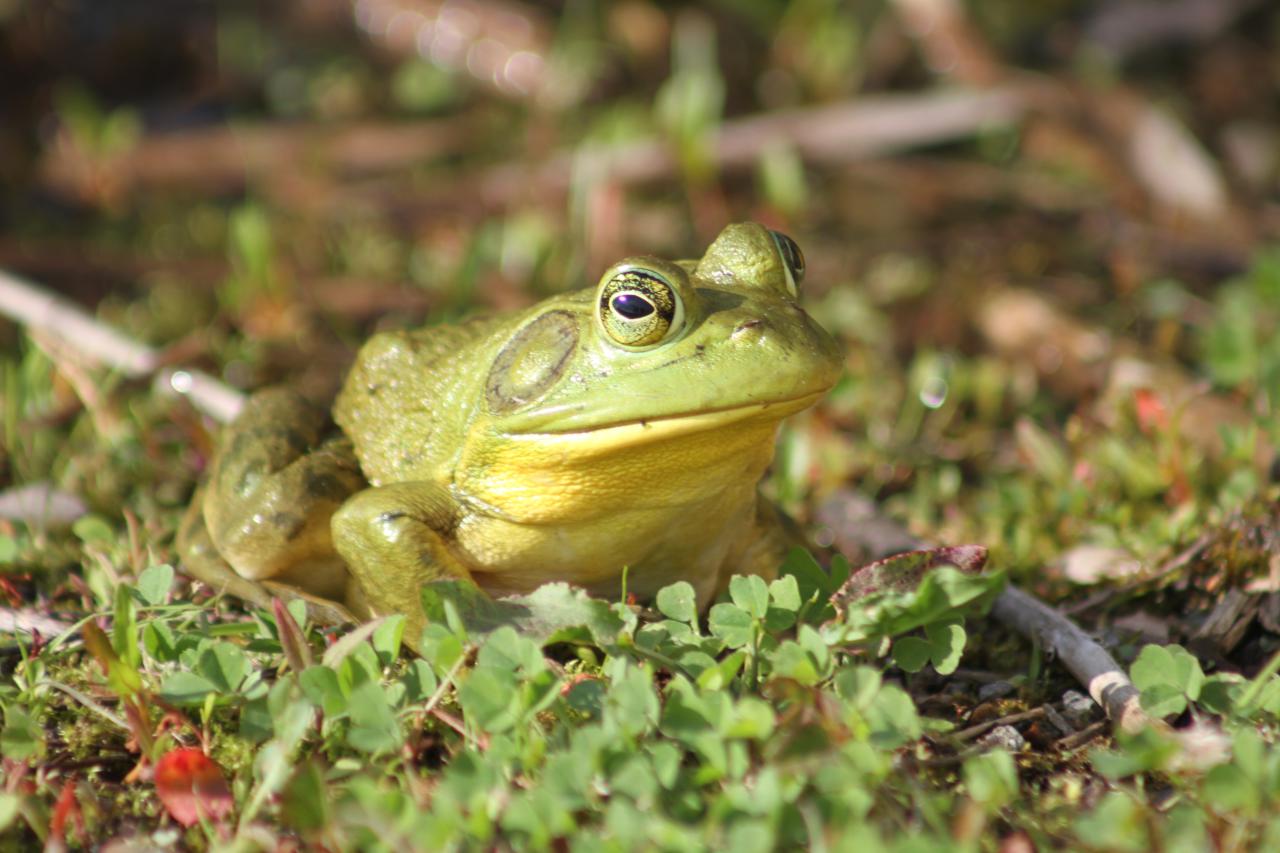
There's been a lot less rainbows and sparkles around here than usual, to say the least. Luckily, we worry at a high level, and I think that these cinnamon buns will be just the ticket to give us a little boost. It's dreary and gray outside.
I've worked out this recipe and used it for years, and it's been very successful for me, even on those days when I was short an egg (add more milk and butter) or started with water instead of milk by mistake. Ooops. Some people are intimidated by yeast, so I thought I'd focus the pictorial on the rising aspect.
This recipe makes a double batch. It is not worth heating the oven and getting out the big mixer for a single batch in my family! The buns freeze well, and you can freeze them baked or unbaked.
Ingredients
Dough:
2 cups warm milk
4 tsp instant dry yeast
4 eggs
2/3 cup butter or margarine, melted
5 cups whole wheat bread flour
2-4 more cups of all purpose unbleached white flour
1/2 tsp sea salt
1 tsp vanilla
1/2 cup white sugar
Filling:
4 tbsp cinnamon
1 1/2 cups brown sugar
1/2 cup (1 stick) butter (don't use margarine here, unless you're desperate)
Icing:
2-3 cups confectioner's sugar
a few tablespoons of lemon juice

For the dough, add a teaspoon of sugar to the milk. Add the instant yeast, stir to dissolve and wait for bubbles to show as in the picture. I know, instant yeast does not need 'proofing' like that, but I also know that doing it anyway saves time in the rising later. I simply set this on the counter while I measure out the flour and butter, and don't really lose time to the 'proofing' (isn't that true for so many 'convenient' food products?).

I put the whole wheat flour, in the mixer fitted with a dough hook. Add the melted butter, eggs, sugar, salt, and yeasty milk, and turn it on. The result will be a sticky lumpy mess. Let it stir for a while unti the dust settles, then start adding in the white flour, little by little. This is the most crucial step here. You want the dough to be pretty stick, ALMOST still sticking to the bowl. Especially with whole wheat, I find that leaving the dough a little moister than you think helps it rise better and tough bits of grain can soften up over time as the dough rises.

You'll want to cover the bowl and rise until 'doubled in bulk'. What is really important here is that you observe the consistency. It should go from kinda tough to more squishy if you poke it. In summer, this will happen much faster than in winter (I don't run A/C). Some people put the dough in the oven with the light on, for a slight warming effect away from drafts.
When you've seen the dough rise enough to your liking, melt the second portion of butter and simply stir it together with the cinnamon and sugar to form a dark brown paste.
Split the dough in two portions and roll it out into a rectangle (I use the term loosely), about 1/2in thick, and wider than long. Spread half of the buttery cinnamon paste on it with the back of a spoon, then roll it up the long way.
Slice the roll into 3/4in wheels. Now you can either lay them individually on a cookie sheet to bake, or you can put them in a cake pan side-by-side for a more sticky and moist result (but harder to serve as finger food).

Now, let them rise yet again. This time, as little as 15 minutes should give you a visible 'lift'. I place my shaped buns at the top of the stove near the vent of the oven, and start preheating the oven (375F), to give them that extra warmth.
Bake at 375F for 15-20 minutes. Observe and don't overbake. Buns in a pan take a little longer than the individual ones. Enjoy the smell of goodness that will fill your house!
For the icing, mix powdered sugar with just enough lemon juice to make a spreadable consistency. Thinner icing makes the end result less sweet. I prefer the lemon icing because it's healthier, and less messy, than the traditional cream cheese frosting. But that said, if you're looking for more of a treat, cream cheese frosting works great here, too. Put the icing on the slightly cooled buns. We eat them as soon as they can be eaten without burning us, but in theory, you could wait, too.
For freezing: I freeze individually baked and iced buns. I can pack them as a snack as is, and they'll defrost en route to the schools.
I have also frozen cake pans full of shaped buns that have not had their second rise time. Wrap tightly. Take it out in the evening and defrost in the fridge overnight. Then in the morning, preheat the oven and put the cold pan on top of the stove. While the oven heats, your buns will get their second rise time and then they can be baked in time for a brunch or late breakfast.














































